I like to get high.
I’ve always been like this. Even as a kid in Kentucky, I could not stand being a lowlander. But it was difficult to find easily accessible lofty locations. Farmers did not take kindly to kids hopping their fences and ignoring their “keep out” signs. I’d heard tales of shotguns full of rock salt being discharged at would be hill climbers. The nearest large tract of “public land” was Fort Knox Military Reservation. In those days, I used to paddle my canoe (illegally) on the Salt River as it wound its way through Fort Knox. But by afternoon, I grew tired of watching live ammunition fly over my head and explode in the impact area east of the water. So I’d bring the boat ashore and fight my way through the tangle of wild grapevines and poison ivy to the top of Buzzard’s Roost, 300 feet above the river, and observe the military fireworks from on high.
But I just couldn’t get high enough. I felt absolutely stifled in the closed-in and smothering green forests, not to mention all those “keep out” signs. Something had to be done. The West changed all that of course. I discovered millions of acres of nearly empty public land where I could get high to my heart’s content. For the last 20 years, I’ve been seeking out the high spots for no other reason than I just like the view.
None of these ascents was the kind that could make an adrenalin junkie happy. I’ve never much cared for the technical aspects of climbing. All that rope and hardware was just too intimidating. And I’m scared of precipitous heights. How some of my friends can stand on the brink of eternity and stare into the depths without feeling the least bit dizzy is beyond me. I get queazy watching them.
I’ve never even particularly liked walking uphill. As my old friend Joe Stocks once said at a public hearing, “Why would anyone in their right minds enjoy carrying a 50 pound pack on their back and walking all day?” Joe did that in Vietnam and that was all the serious hiking he needed for a lifetime.
Still, the only way my conscience allows me to get to the top of the hill when there is no road is with my feet. And so I reluctantly use them, sore and blistered as they may become, to get to where I want to go. Once I reach my viewpoint, I am more than content to just sit there along the ridgeline or the top of the mountain or the edge of the canyon and stare blankly at the scene beneath my feet and spit sunflower seeds and sip water for the better part of an afternoon. I’ve frustrated many a fellow hiker who, as part of their aerobics workout insisted that we maintain a high pulse rate for a designated period of time.
I couldn’t be budged. Jog in place, I suggested. Or abandon me, for that matter. Just don’t ask me to move once I’ve settled into my new viewpoint. To find the right spot facing the right direction, where I can reach my pack without disrupting my gaze is all that I ask. At that moment, I am as content as I ever can be.
But what is it about the view? From that height, the scene is mostly static. Nothing below seems to move. I could just as well look at a photograph or go to the IMAX theater. But I always remember what the poet said:
I have spread my dreams beneath your feet; Tread softly because you tread on my dreams.
From up there, if I squint just right, and the light is just right, and my imagination is willing to play a few tricks, I can see all the country I love, the way I want it to be. Unspoiled. Silent. Even forgotten. Being born 50 years too late doesn’t bother me when I’m up there, because as far as I’m concerned it is 50 years ago.
That felt particularly true to me last week. I was wandering the foothills of a favorite mountain of mine, first in the Scum-mobile on old jeep roads, then on foot, with no particular destination in mind. I still don’t understand why people feel such a great need to know where they’re going, why they insist on being so damn destination-oriented, but that’s an old bellyache of mine and not worth repeating again (for now). But in the process of not knowing where I was going, I stumbled upon the most extraordinary campsite I have ever seen.
On an exposed point of ground, with an unobstructed view, I came upon a cluster of boulders. Granitic boulders as big as a house. They had been sculpted by wind and rain over countless millennia into fantastic shapes, creating alcoves and caves and shelves of every size and form imaginable. On the north side of the big rock, the faded remains of two pictographs, a human figure and a bighorn, still clung tenaciously to the weathered stone. And nearby a cowboy had left an inscription and a date that left more of an impression on me than the ancient rock painting.
It was the date that caught my eye: December 6, 1941. What this cowboy was doing in the high country on that Saturday afternoon is long forgotten by now. But whoever he was and why ever he was there, the date he left behind had more significance than he could have known.
The next day, the Japanese launched a surprise attack on Pearl Harbor and thrust this country into World War II. Everything that has happened to us since then goes back to that morning. It is one of those watershed moments in history where one era closes and another begins. Even here in what was the most isolated section of the United States, the race to build an atomic bomb before Hitler’s scientists could annihilate us, eventually led to the uranium boom, a rush of people to SE Utah, and the construction of thousands of miles of roads and jeep trails. Where would recreationists be today without Tojo, Hitler and J. Robert Oppenheimer?
Whoever the cowboy was that sat in that alcove and scratched his initials in the rock looked out over the same land that I beheld for the first time last week. But to see it and feel it the way he did, I really had to squint.
And where was this penultimate campsite that I even dream about from time to time?
I can’t remember.
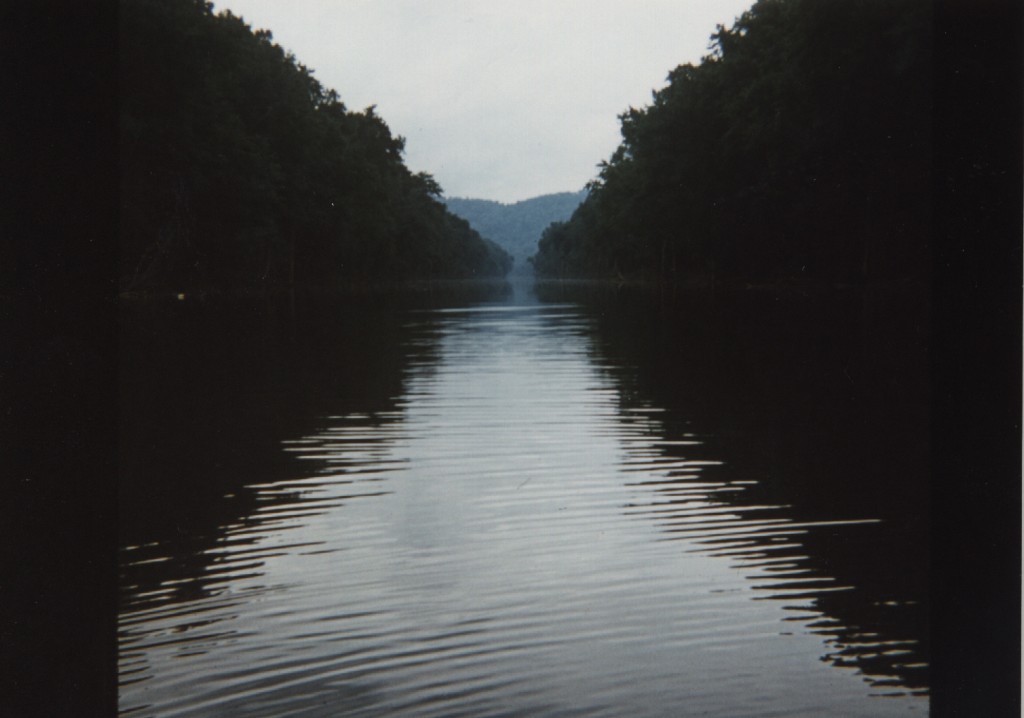

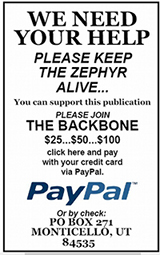

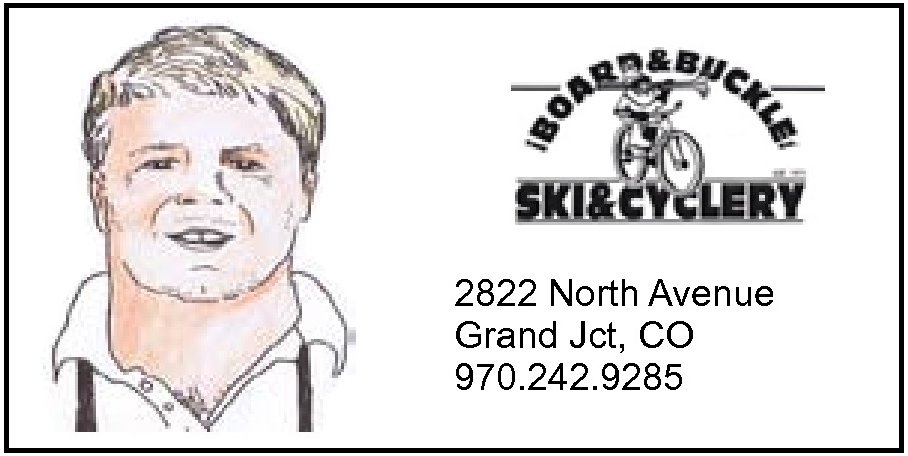

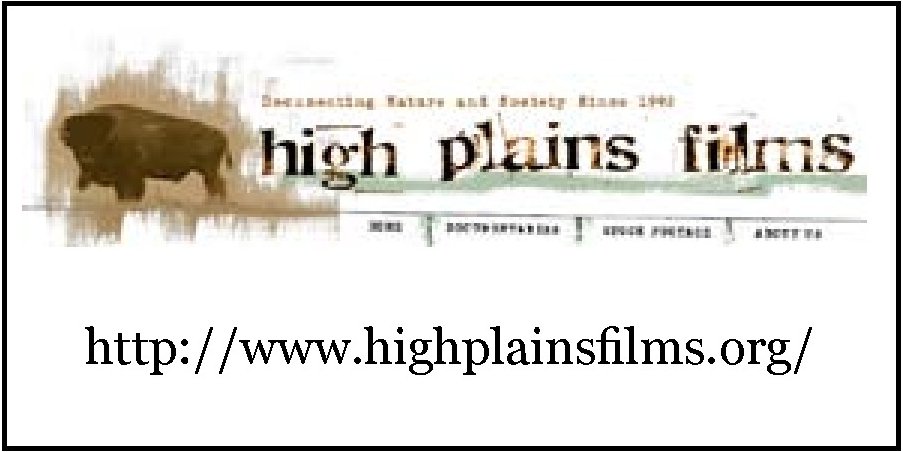
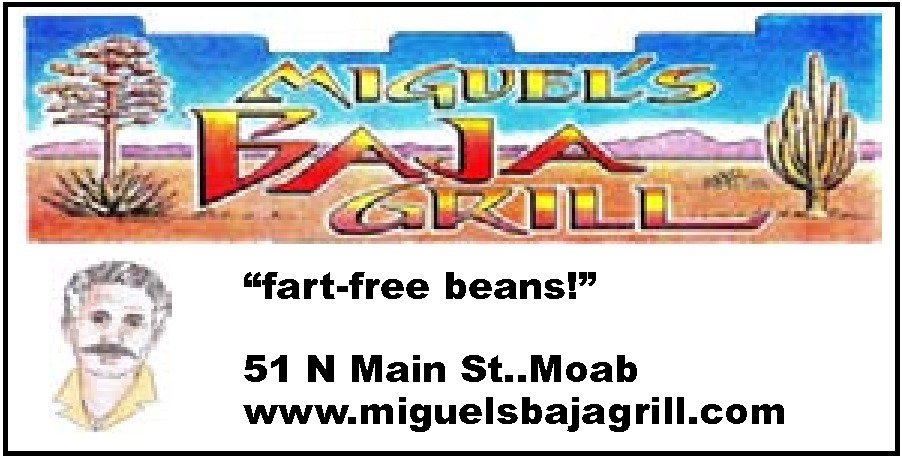
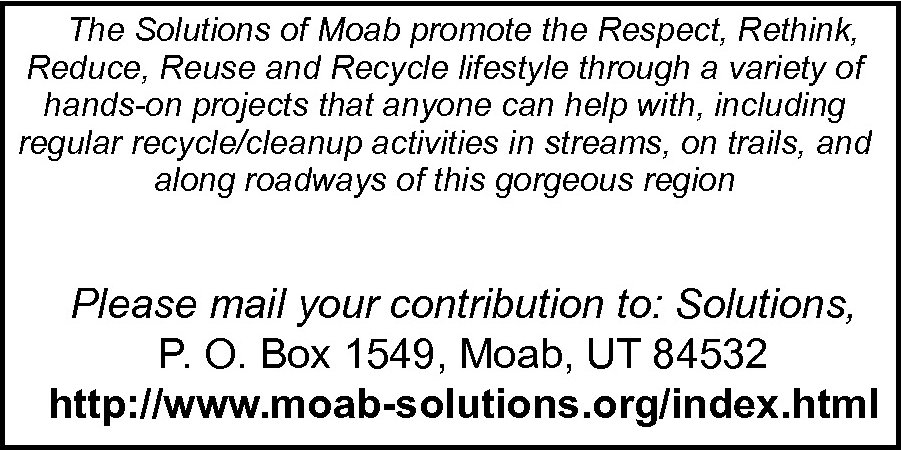


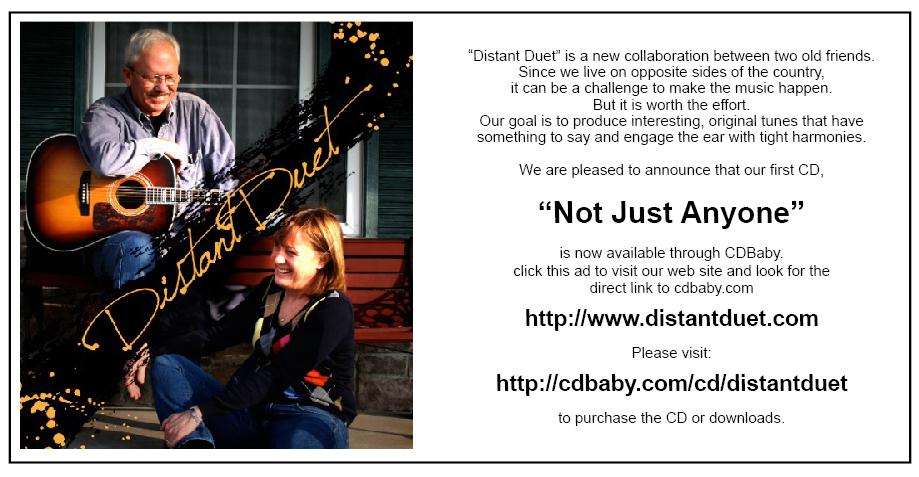
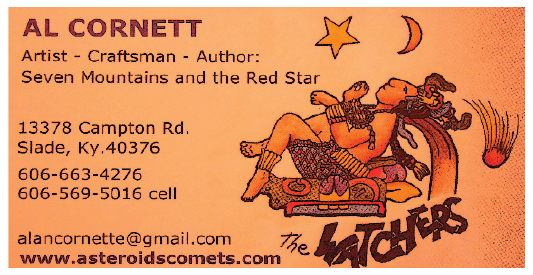


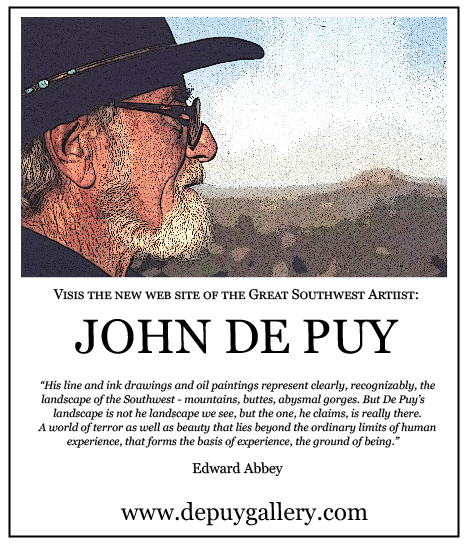

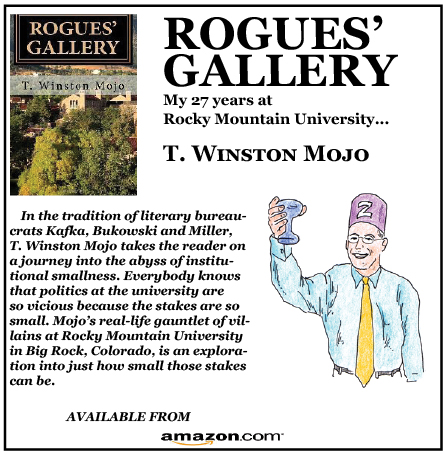
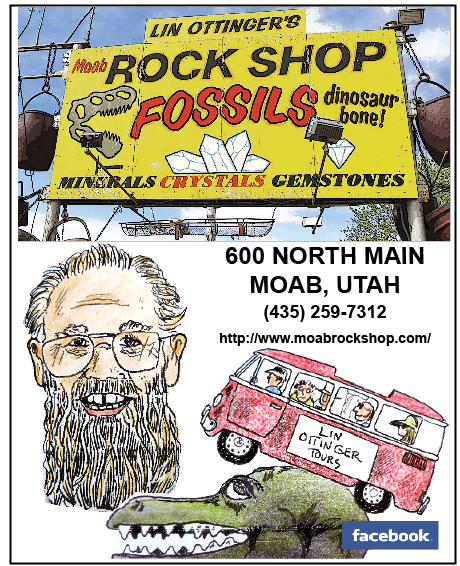
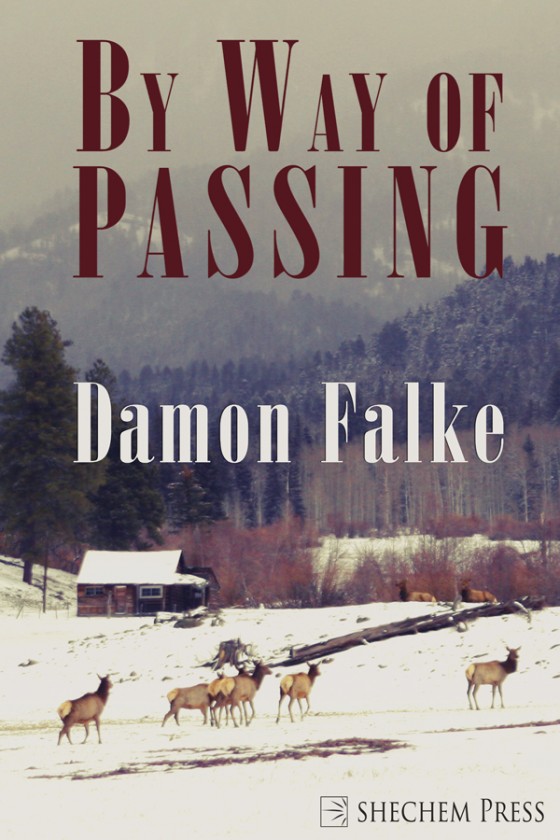
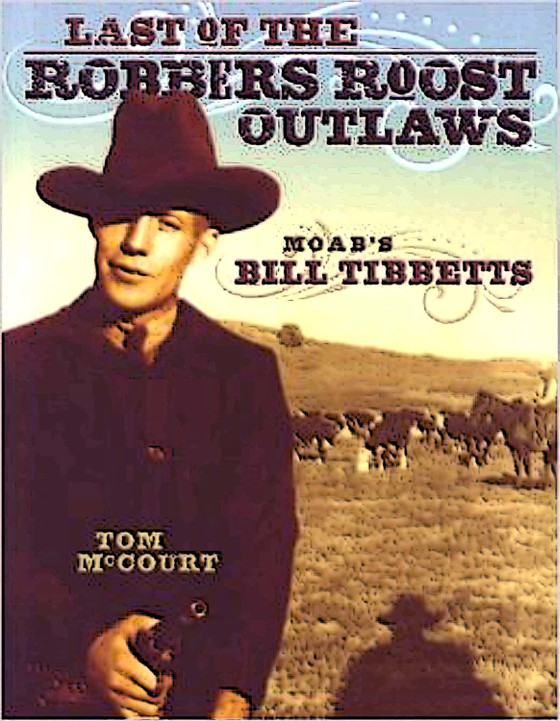
2 Responses
Stay in touch with the conversation, subscribe to the RSS feed for comments on this post.
Reminds me of being in the Quantock Hills in Somerset, England, and when I commented to some old guy about the unspoiled beauty of the place he said in his rolling, west-country accent: “You’re fifty years too late”. Didn’t bother me. As far as I was concerned, it was the way I would have expected it to be five hundred years ago.
Jim: Read this again and still a great piece. I posted your Zephyr link to a Facebook friend and will share it also. Keep on hunting those views. Alan C.